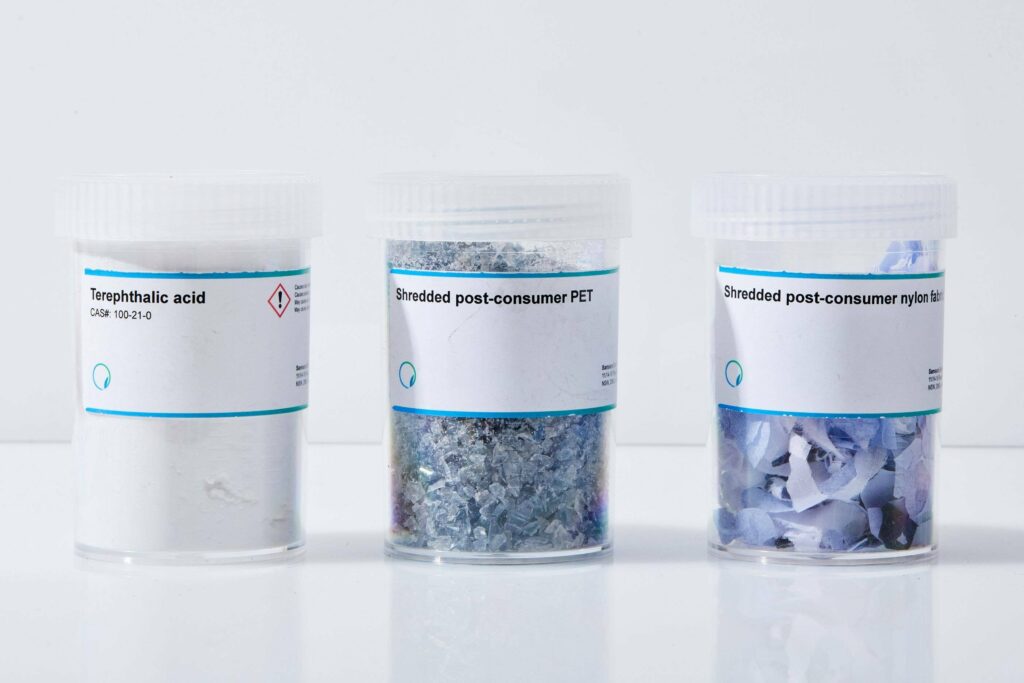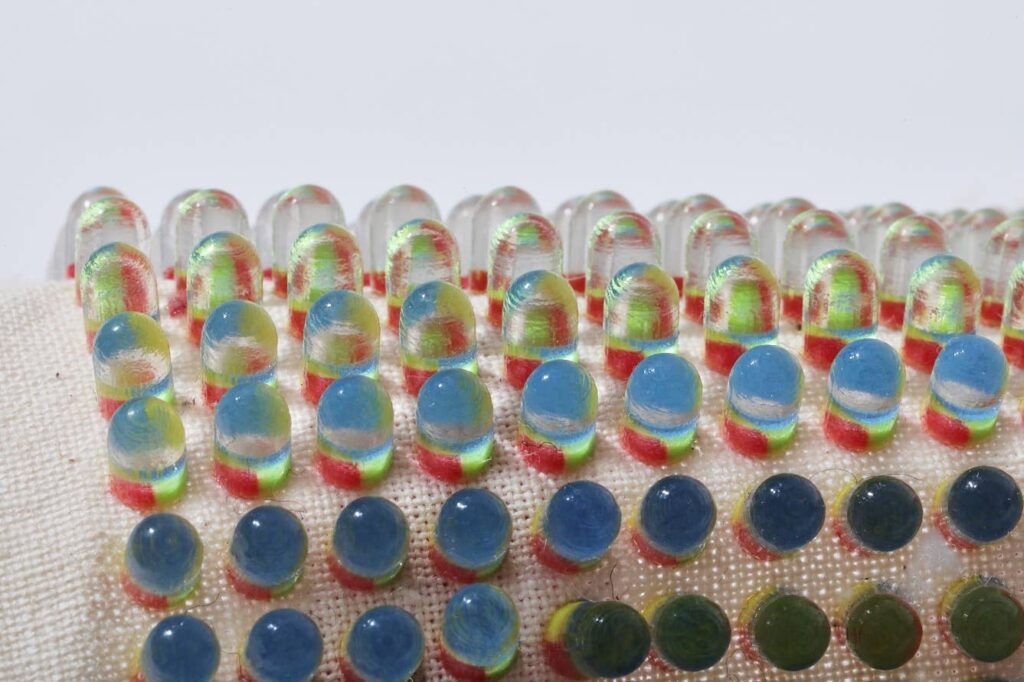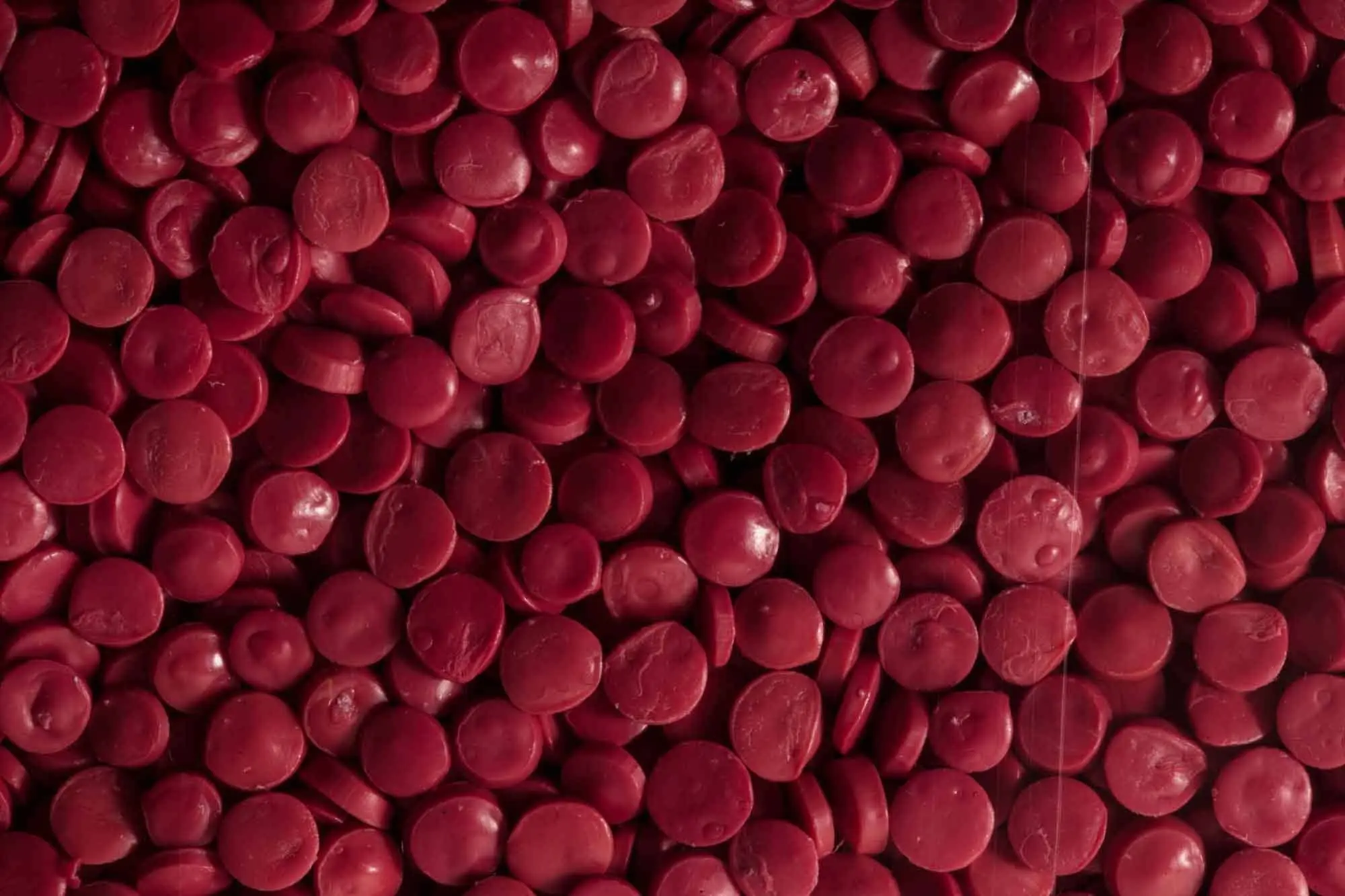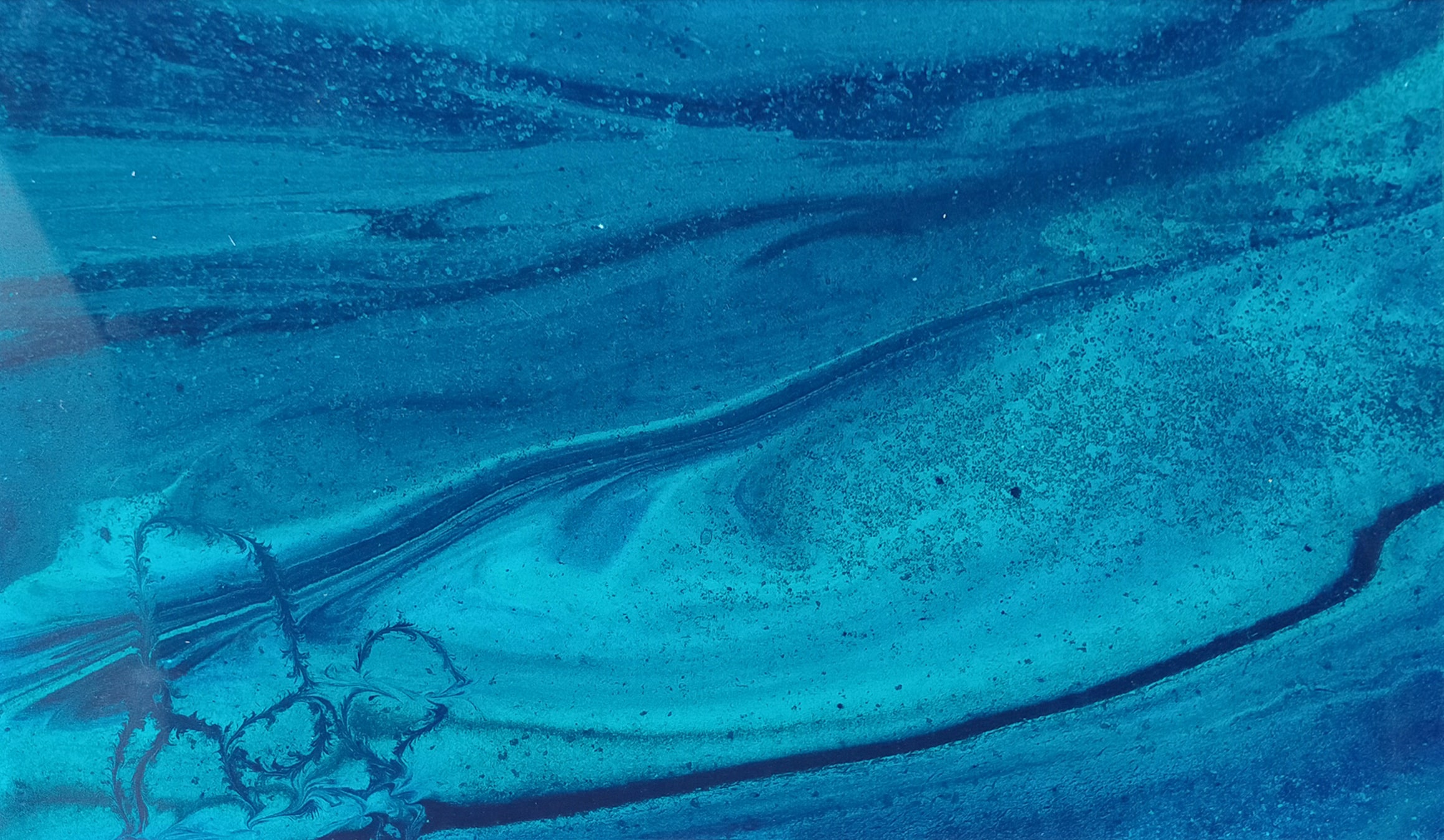
3 Material Innovation Directions For 2024
Many material innovations have emerged in 2023, in continuity or acceleration compared to previous trends. In this article we take stock of the most interesting directions of development of new materials that we have witnessed over the year and which we believe are significant for future developments.
PLASTIC FREE
The reduction in the use of plastic materials for some applications is confirmed as a trend that will continue to expand. In particular, disposable plastics have been subject to restrictions following the Single Use Plastics Directive (SUPD), which not only prohibits the use of plastics in applications such as food containers, cotton buds, straws, balloon sticks and other disposable items, but extends the definition of “plastic” to include most bioplastics currently on the market, with the exception of natural, non-chemically modified polymers.
Paper or paper pulp packaging has seen an exponential increase in use, as well as extension into more challenging applications such as containers for liquids, coffee, body creams and toothpastes.
The world of bio-based materials alternative to leather has also seen a significant increase in interest from not only brands, but also investors, with many startups funded to develop new solutions.
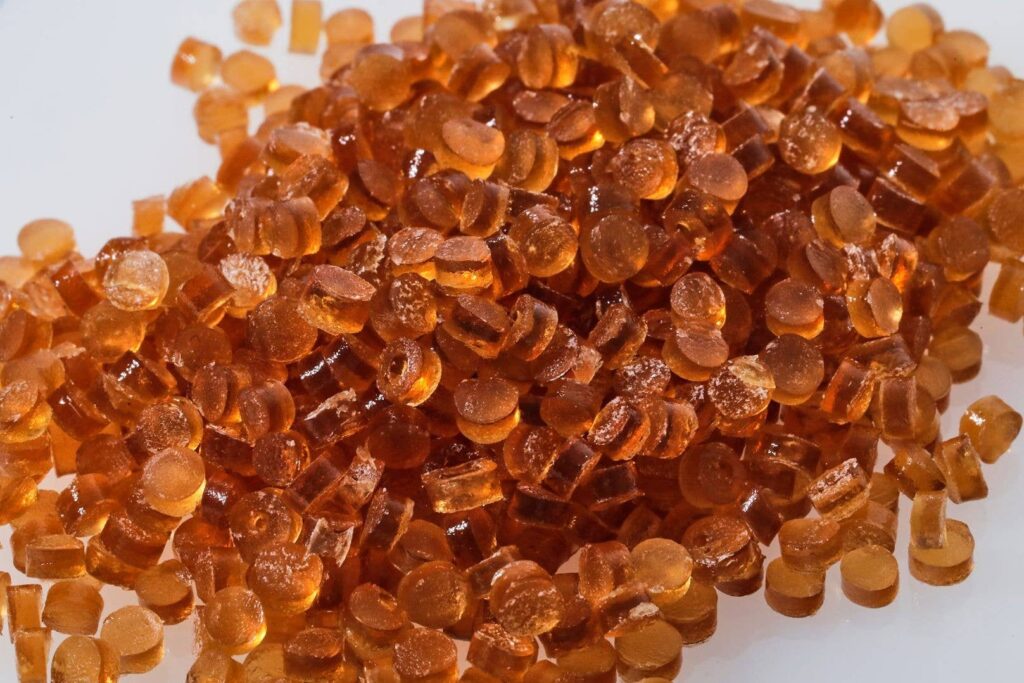
MATERIALI CIRCOLARI
In the wake of or anticipating European directives that aim to reduce industrial and post-consumer waste, all material supply chains are developing projects to become more circular. If on the institutional side we are witnessing the creation of new consortia and bodies responsible for managing the end of life in various sectors, based on the principles of Extended Product Responsibility (EPR), private companies are organizing themselves into ecosystems of different industries coming together to set up micro-supply chains for the recovery of materials from used products: filaments for 3D printing from ski boots, interior and furniture panels from waste thermosetting materials, textile fibers from production waste, just to mention a few.
Furthermore, the industry provides the necessary infrastructure for the actual treatment, with the construction of new recycling plants, the design of machinery for increasingly accurate sorting, the development of new recycling and reuse technologies, such as deinking of unused but printed fabrics, perhaps with logos that make it difficult to put them back into circulation.
DATA-DRIVEN
Even in the world of materials we are witnessing the entry of AI as a support in the design of specific functions, but also of production processes and aesthetics.
This is the case of a patented system that uses artificial intelligence to create digital images that can be printed on any surface. By analyzing thousands of scanned fragments of different materials, the software can generate a large number of new images of the desired subject, combining them into highly realistic patterns that are indistinguishable from the real ones, capturing their specific peculiarities and distinctive elements.
But AI is also used in the development of targeted functions: NASA, for example, has begun to use artificial intelligence to develop some components in order to obtain more resistant and at the same time lighter structures. The process, which is based on a generative algorithm, makes a much higher number of cycles possible in the same amount of time: in fact, it requires a fraction of the time needed for a human being to carry out an iteration to calculate the properties of a possible structure, greatly speeding up the optimization process.
It is expected that software of this type will also be developed for the design of specific functionalities not only of structures, but also of single materials at the molecular level, with ambitious goals of creating carbon neutral or even carbon negative solutions.
